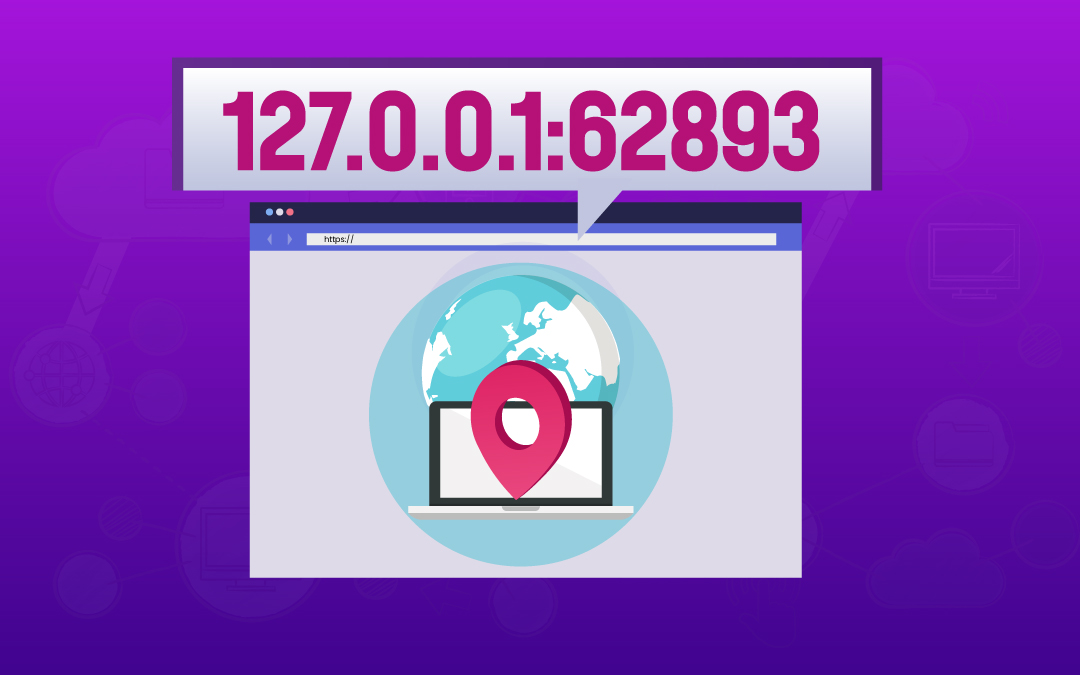127.0.0.1:62893 – A Comprehensive Guide to Understanding

When we see “127.0.0.1:62893,” it might look complex, but it’s straightforward. This article will explain exactly what it means, why it’s essential for web developers and tech enthusiasts, and how you can use it safely and effectively. We’re diving into every detail of localhost ports, especially focusing on 127.0.0.1 and the specific port number 62893.
What is 127.0.0.1?
127.0.0.1 is a localhost IP address used for testing and development on your own computer. When we talk about IP addresses, most people think about connecting to the internet. However, 127.0.0.1 is unique because it lets your computer communicate with itself. This process is called loopback and is crucial for anyone working on network testing, server development, or other technical fields.
Why Use the Localhost and Port Numbers?
When using 127.0.0.1, we often add a port number after a colon, like :62893. Ports are like virtual doors, allowing specific data to flow in and out. The 62893 port could be used for testing an application without affecting anything on the internet. If you’re developing a website, app, or software, this setup allows you to make changes and view results locally without putting anything live.
The Role of Port 62893
While 62893 may look random, it’s part of the wider range of dynamic or private ports. Typically, port numbers range from 0 to 65535, and each serves a unique function. This specific port might be used temporarily by software applications, databases, or web servers during testing. The key here is flexibility—when we use ports like 62893, it gives us control over testing our projects privately and securely.
Setting Up 127.0.0.1:62893 on Your System
Step 1: Checking for Available Ports
Before using 62893, ensure it’s available on your system. Using your command prompt or terminal, you can check if it’s free with a simple command:
- Windows: Type
netstat -ato view active connections. - Mac/Linux: Type
lsof -i :62893to check if it’s in use.
Step 2: Configuring Localhost for 127.0.0.1:62893
If it’s free, you can set it up to run a local server:
- Open your preferred IDE (like VS Code or Sublime Text).
- Start a web server, such as Apache or Node.js, and configure it to use 127.0.0.1 with port 62893.
- Access it by entering 127.0.0.1:62893 in your browser.
Common Uses for 127.0.0.1:62893
- Web Development Testing: Perfect for viewing how a website or web app performs before launch.
- Database Testing: Connect locally to ensure database connections are stable and configured correctly.
- Software Debugging: Run applications to debug code without risking errors on live systems.
Benefits of Using 127.0.0.1 with Specific Ports
Using 127.0.0.1:62893 ensures that only your computer can access this “server.” This setup provides multiple advantages:
- Security: Only you can access this address, keeping it private.
- Speed: Localhost testing is faster, reducing loading times compared to remote servers.
- Cost-Effective: There’s no need for hosting fees while testing.
Is 127.0.0.1:62893 Secure?
Yes, it is secure when used correctly! Since 127.0.0.1 is isolated, there’s no risk of external threats unless you explicitly make it public. However, here’s a quick tip: always monitor which programs are accessing specific ports. Regular checks can prevent unauthorized access to your local system.
Troubleshooting Common Issues with 127.0.0.1:62893
- Port Already in Use: If 62893 is occupied, choose another port or close the conflicting application.
- Cannot Access 127.0.0.1: Ensure your firewall allows local connections.
- Configuration Errors: Verify your server settings to ensure it’s pointed to 127.0.0.1.
Advanced Configurations
If you want to test multiple services, you can assign different applications to unique ports, like 127.0.0.1:62893 for web testing and 127.0.0.1:62894 for database testing. This setup allows simultaneous tests without interference.
When Not to Use 127.0.0.1:62893
Avoid using 127.0.0.1:62893 for any application that requires access from other devices. Localhost is confined to your machine, so sharing the IP externally won’t work. For multi-device testing, consider setting up a local network or virtual server.
Practical Applications of 127.0.0.1:62893 in Real Projects
In our own projects, we frequently use 127.0.0.1 ports to try out new software before deploying. Whether it’s a small script or a complex database, running it locally first helps us spot errors early, saving time and costs later. This practice of local testing has helped us improve our development process and build reliable applications.
Alternatives to 127.0.0.1 for Network Testing
While 127.0.0.1 is ideal for local use, sometimes, you may need broader access. Here are a few alternatives:
- Internal IP Addresses (e.g., 192.168.x.x): For use within a home or office network.
- Virtual Private Servers (VPS): Offers remote testing with controlled access.
Conclusion
Using 127.0.0.1:62893 allows you to manage, test, and refine applications locally. We’ve found that setting up projects on localhost gives us the freedom to experiment and debug in a risk-free environment. Whether you’re a beginner or a seasoned developer, understanding localhost and port usage, especially ports like 62893, is essential for safe and efficient development. Try setting up your next project locally—you’ll likely find it improves your workflow and builds your technical confidence!





